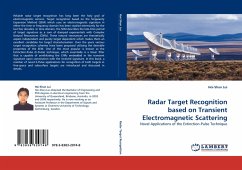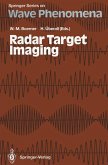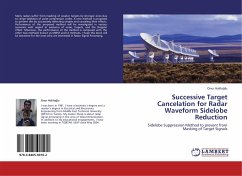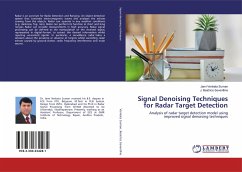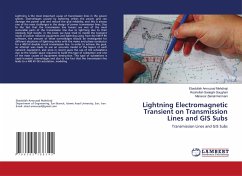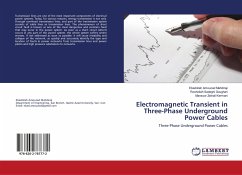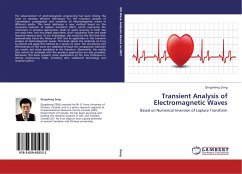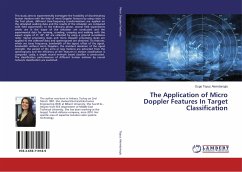Reliable radar target recognition has long been the holy grail of electromagnetic sensors. Target recognition based on the Singularity Expansion Method (SEM) which uses an electromagnetic signature in either the time or frequency domain has been studied extensively for the last few decades. In time domain, the SEM describes the late-time period of target signature as a sum of damped exponentials with Complex Natural Resonances (CNRs). These natural resonances are theoretically aspect independent and purely target dependent which makes them an excellent candidate for target characterisation. Over the years various target recognition schemes have been proposed utilizing the desirable properties of the SEM. One of the most popular is known as the Extinction-Pulse (E-Pulse) technique, which essentially is a linear filter that is capable of annihilating the CNRs embedded in the transient signature upon convolution with the received signature. In this book, a number of novel E-Pulse applications for recognition of both targets in free-space and subsurface targets are introduced and discussed in details.

